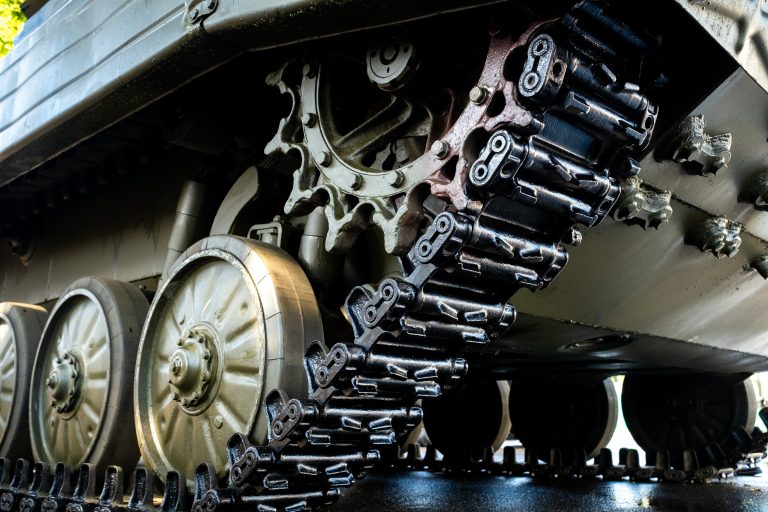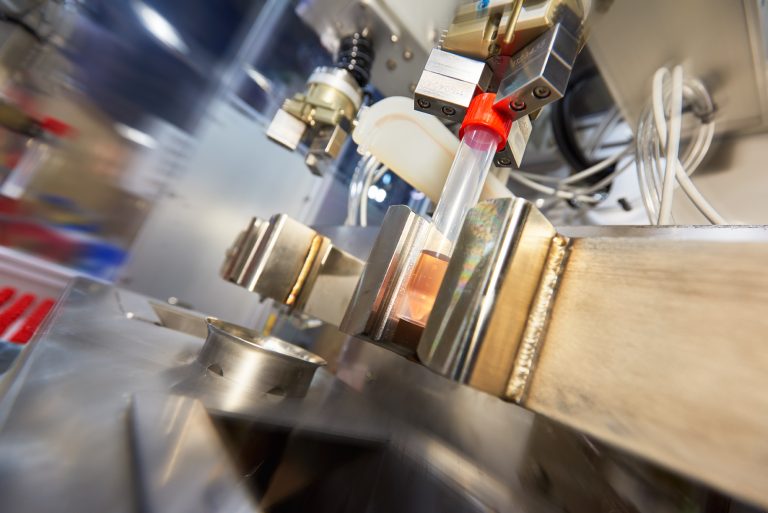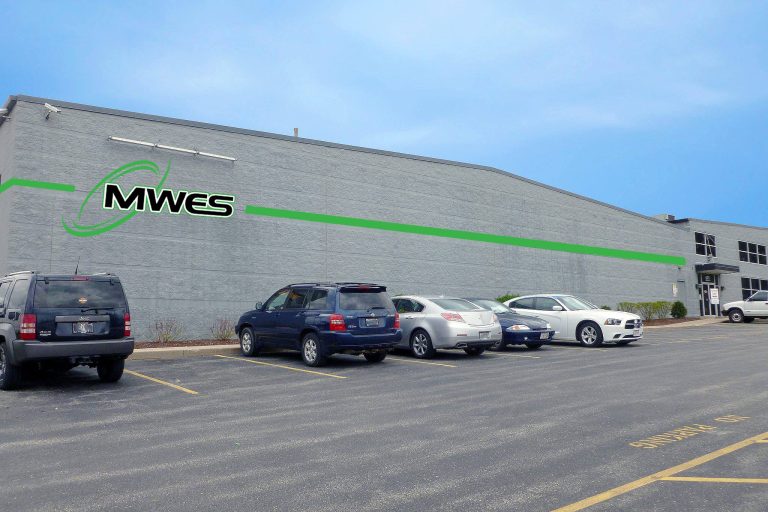As the recent pandemic showed the world, not properly running a cleanroom laboratory can not only endanger the lab workers but the greater world as a whole. Medical laboratories are essential for conducting scientific research, developing new drugs and diagnosing diseases. However, many of the tasks involved in these processes are tedious, repetitive and prone to human error. Moreover, many of these tasks must be performed in a cleanroom environment and can otherwise expose laboratory workers to hazardous substances or infectious agents, posing a risk to not only their health and safety but also the well-being of those outside the labs.
Cleanrooms are a perfect environment for robotic automation
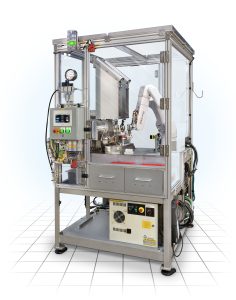
Robotics are revolutionizing the healthcare industry by performing various tasks in medical laboratories, such as safe sample handling, high-throughput screening, quick data analysis and accurate vial filling. Human workers have dominated those mundane tasks since the beginning and now those tasks can be delegated to robots. Additionally, unlike human workers, robots won’t contaminate a cleanroom environment with substances from the outside and pose no risk of taking harmful substances from the lab out into the world.
By automating these simple tasks, robotic automation can offer several benefits for medical laboratories:
- Speed: Robots can work faster and more efficiently than humans, processing thousands of samples and tests. This can accelerate the pace of research and discovery, as well as improve the turnaround time for diagnosis and treatment.
- Accuracy: Robots can perform tasks with high precision and consistency, reducing the risk of contamination, errors and variability. This can improve the quality and reliability of lab results including enhancing the reproducibility of experiments and minimizing the risk of human exposure to any harmful substances.
- Data Analysis: Robots can collect and analyze large amounts of data, using advanced software and algorithms. This can enable AI-driven decision-making and facilitate data sharing and collaboration among researchers and clinicians.
- Compliance: Robots can follow standard operating procedures and regulations, ensuring that the laboratory meets the required quality and safety standards. This can also simplify the documentation and auditing processes, additionally reduce the liability and costs associated with non-compliance.
- Worker safety: Robots can handle hazardous materials and perform dangerous tasks, minimizing the exposure of laboratory workers to potential risks. This can also free up workers from mundane and repetitive tasks, allowing them to focus on more scientific aspects of the work.
Vial Filling Automation to the Rescue
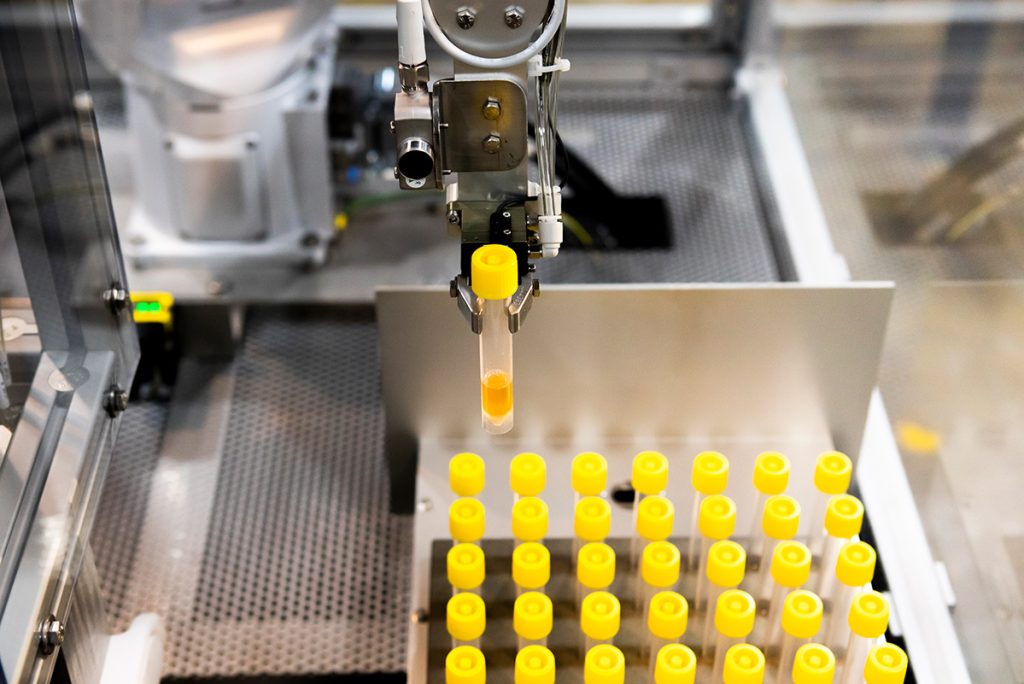
One of the core applications of robotic automation in medical laboratories is vial filling. Vial filling involves transferring liquid or solid substances into vials, tubes or syringes at precise amounts. This process is often used for preparing samples, reagents, drugs or vaccines for testing, storage and distribution where speed and accuracy are crucial.
Vial filling can be tedious and error-prone work, especially when dealing with large volumes or dangerous substances. Moreover, the process of filling vials can expose workers to harmful chemicals or biological agents, which can cause infections, allergies or even diseases. Limiting human exposure to the vial filling process is essential and robot automation can help with that.
Automation can improve vial filling by using robots to perform the following tasks:
- Sorting: Robots can sort vials according to their size, shape, color and barcode, ensuring that the right vials are used for the right substances.
- Filling: Robots can precisely fill vials with the desired amount and concentration of substances, using precise and consistent movements. Robots can also adjust the filling parameters according to the substances’ viscosity, temperature or pressure.
- Capping: Robots can cap vials securely, preventing leakage, contamination or evaporation. Robots can also label vials with the relevant information, such as the substance name, batch number and expiration date.
- Transporting: Robots can transport vials individually or in trays to the next station, such as centrifuges, freezers or conveyors. Robots can also track the location and status of the vials, ensuring that they are delivered safely to the right destination.
Robotic automation is revolutionizing the medical industry, by enhancing the efficiency, quality and safety of medical laboratories. Using robots to perform medical lab tasks can improve the health and well-being of both patients and workers and bring life-saving medicine to market faster. Robots can reduce the waste and emissions generated by vial filling and prevent the spread of pathogens or pollutants. By automating vial filling, robots can create a cleaner and safer environment for medical laboratories.
Midwest Engineered Systems has been at the forefront of integrating robotic automation into the medical laboratory and pharmaceutical industries. We provided the pharmaceutical industry with robotic vial-filling machines to assist during the height of the COVID-19 pandemic and have the expertise to step up when called upon with robotic integration. If you are looking to automate a process whether it be in vial filling, component coating, or any other application that would be better served with robotic automation, then contact us today.

